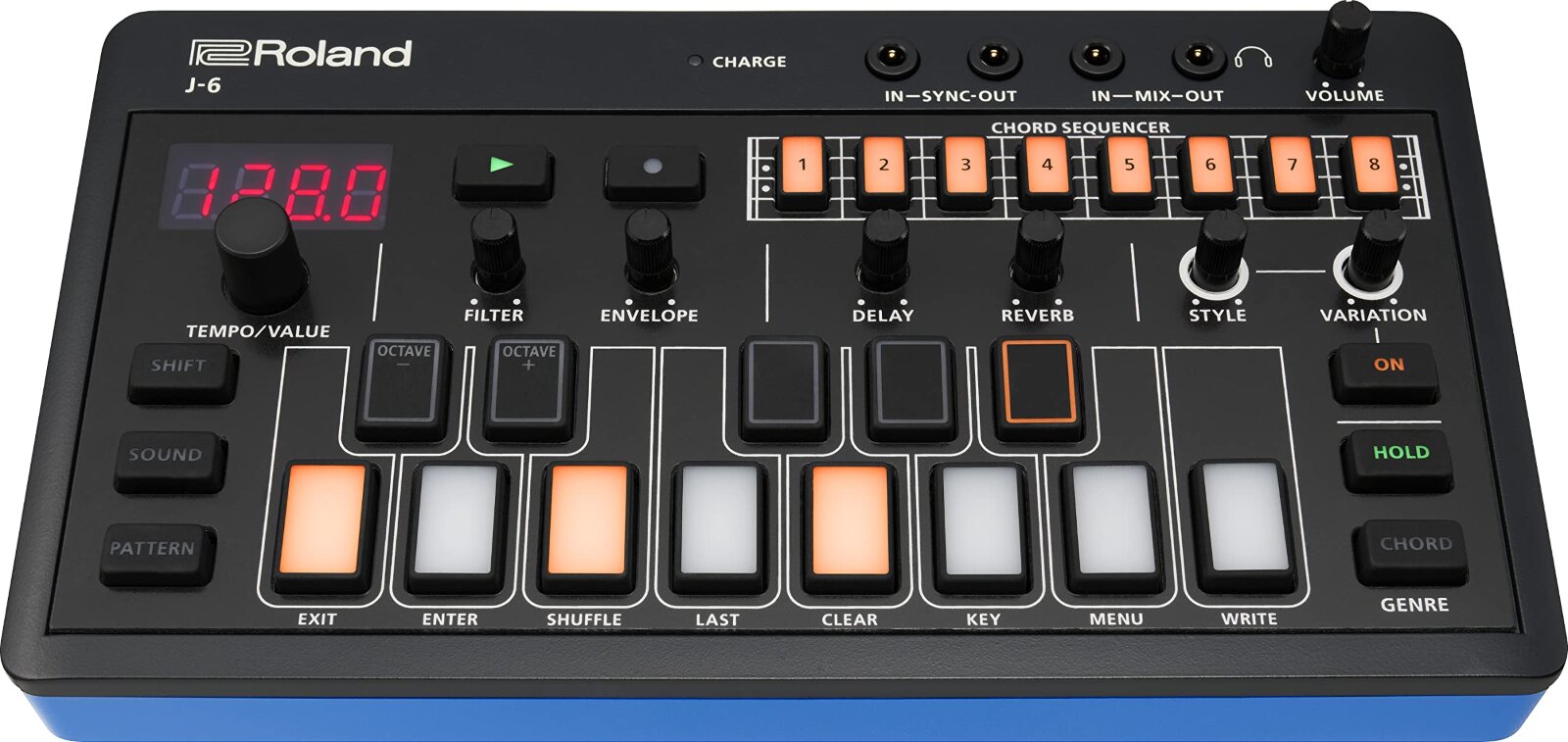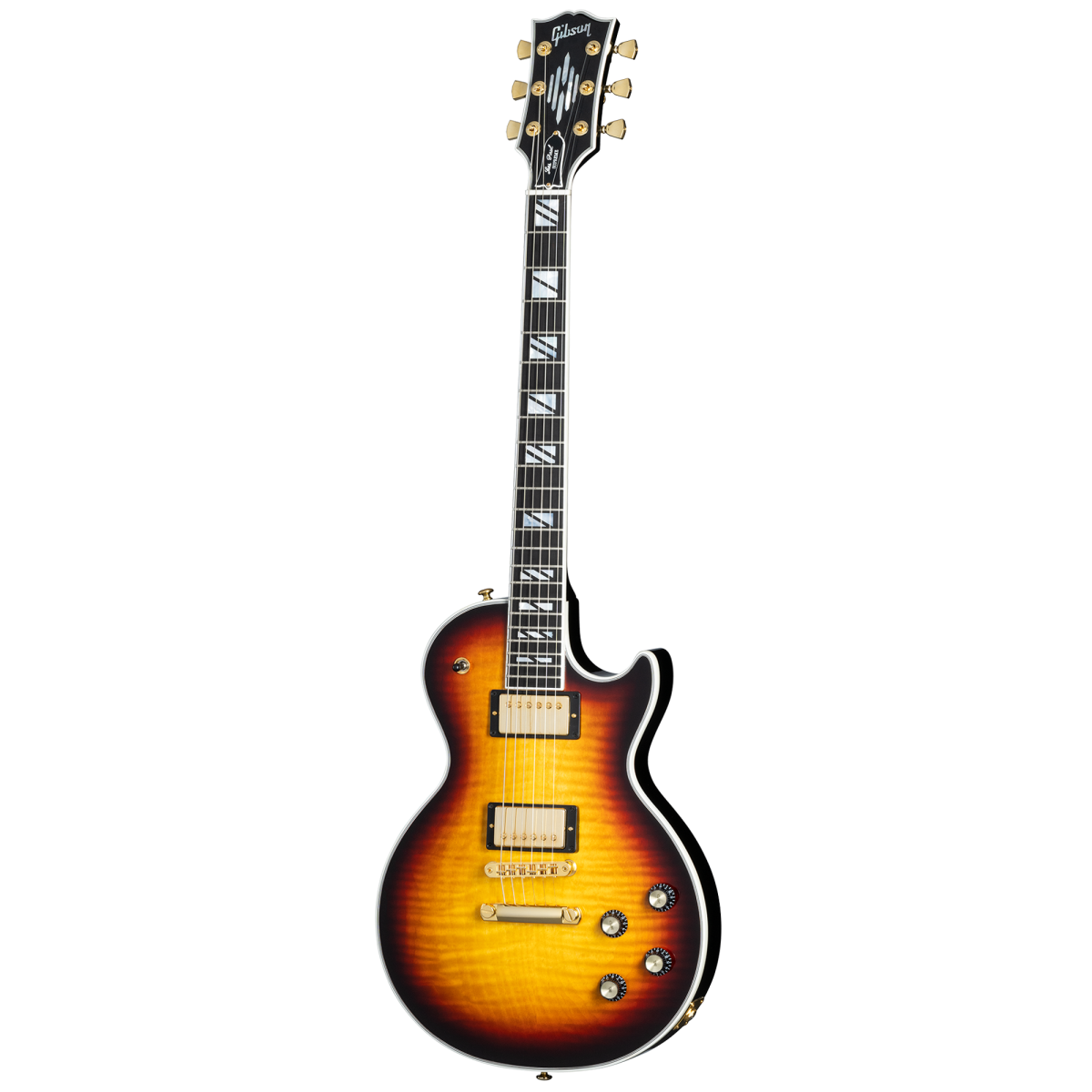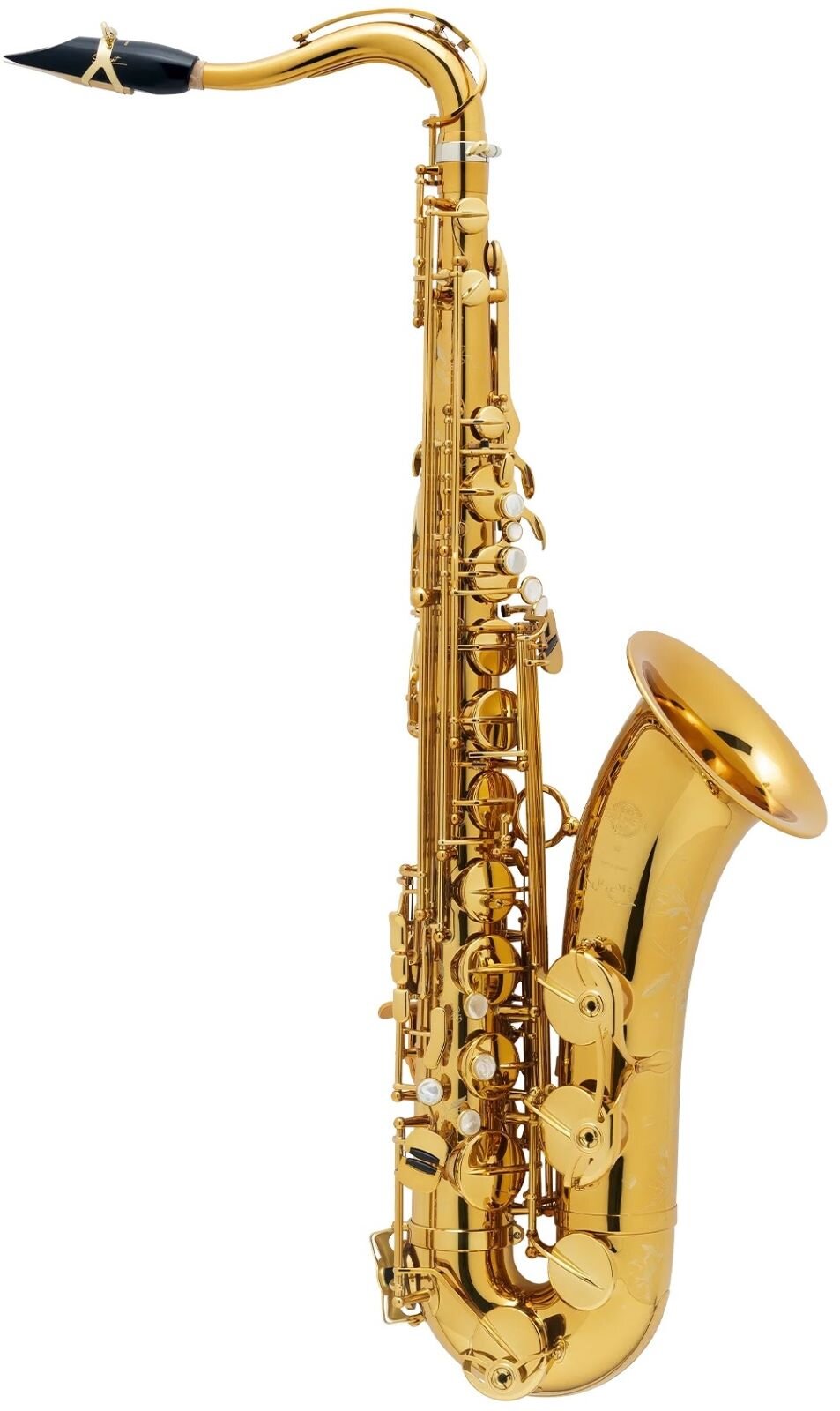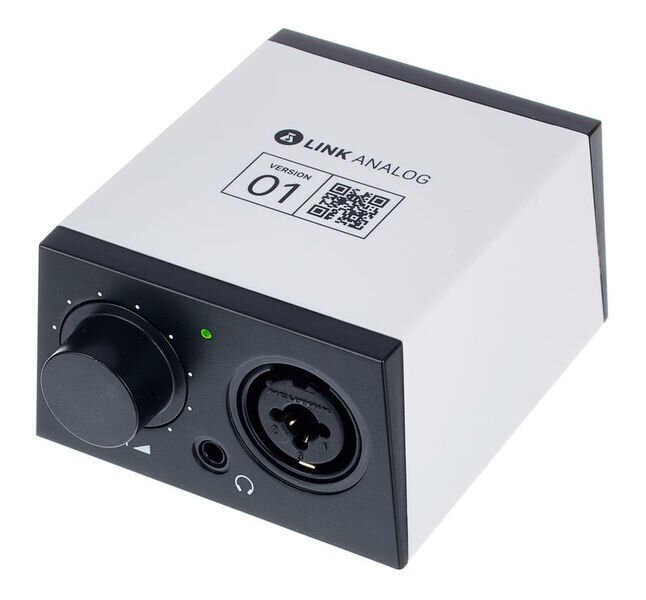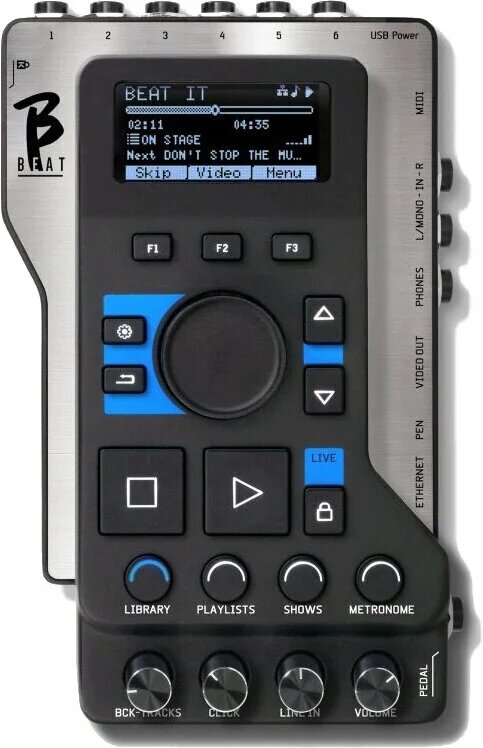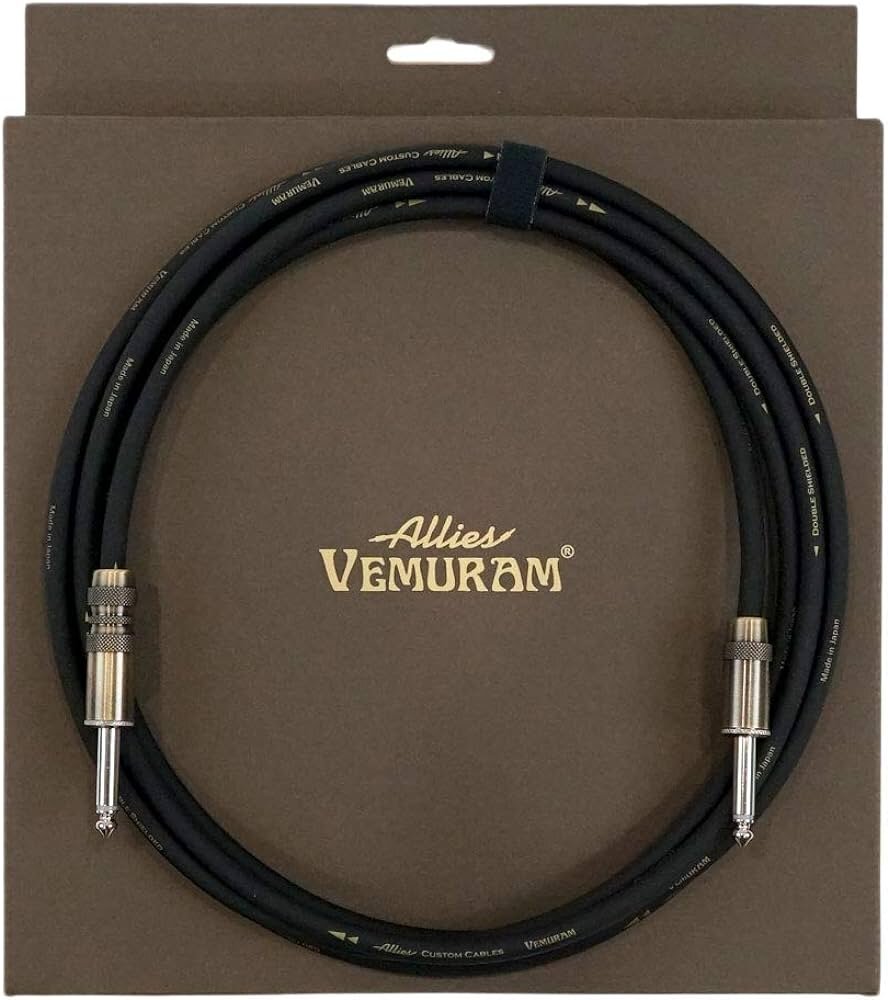Table of contents :
In our respective musical journeys, most of us needed at some point to wire our instruments, our amps or our microphones. Without audio cable, no sound signal transmission, at least for the instruments to be amplified. So we go to choose our cable in our favorite music store, then we find ourselves facing a myriad of cables with different names, lengths, appearances and characteristics. In terms of the type of cable and its length, we find it without too much trouble. But they all have a mysterious feature that plunges us into a never-ending dilemma: which one to choose between the balanced plug cable or the unbalanced plug cable?
If you’ve ever asked yourself this question, this article aims to dispel all your doubts once and for all.
What is an unbalanced cable?
Let’s start with a little electronics. An audio cable with an unbalanced plug consists of two conductors : one for transmitting the audio signal (mono) , and another for the ground which acts as a “reference” for the signal. The only problem is that this ground wire also behaves like an antenna which captures unwanted noise.

The longer the audio cable, the more the captured noises can cause all kinds of more or less loud crackles, which will negatively impact the signal. These noises usually come from power sources near audio cables, but can also come from older light systems.
Fortunately, these parasitic noises are almost inaudible for small audio cables. With their prices generally more attractive than their symmetrical cousins, they are widely used for short distance connections, such as connecting a guitar to an amplifier for example.
Some examples of unbalanced cables
The 6.35 mm jack cables are the most common among unbalanced cables, in great demand for the connection of electric guitars and basses to their amplifiers.
RCA coaxial (or cinch) cables provide an analog audio connection that transmits a stereo signal through two channels: the right channel (in red) and the left channel (in white or black). They are found in certain mixers or speakers, or even television systems.

What is a balanced cable?
When we talk about a balanced signal , we are talking about a case where the audio signal is duplicated in two opposite signals called ” hot signal ” and ” cold signal “. They are so called to differentiate their polarities: one is inverted with respect to the other, until the destination where the negative signal is inverted to recombine with the other.
So what’s the point of reversing the polarity of one of the two signals? This is the ingenuity of balanced cables: the two signals will each capture parasitic noise in their path. When the polarity of the cold signal is reversed to recombine with the hot signal, the polarity of the parasitic noise is also reversed and will cancel out with the noise captured by the hot signal.

In short, the duplication of the signal and the inversion of the polarity allows to eliminate the parasitic noises , which makes the use of balanced cables ideal when wiring over long distances.
Some examples of symmetrical cables
XLR cables, used mainly for wiring microphones, can transmit a balanced signal up to 60 meters. They are distinguished by their 3 characteristic pins: 2 pins for the hot point and the cold point, and a pin for the ground.
Jack 6.35 mm TRS cables (Tip, Ring, Sleeve) can be used for both unbalanced or balanced transmission. The separation of the hot, cold pines and the ground is made via two insulating rings.

Switching from an unbalanced signal to a balanced signal
A DI (direct injection) box converts an unbalanced signal into a symmetrical signal. These devices are commonly used on stage when wiring musical instruments whose signal output is unbalanced. This allows them to be connected over long distances without the transmission being affected by the multitude of noise sources present on stage. In the vast majority of DI boxes, the inputs are of the unbalanced 6.35 mm jack type, and the outputs are of the balanced XLR type.
Be careful, however, not to use cables and DI boxes at all costs with any audio system. Make sure that the device receiving the signal also has a balanced port, otherwise the strengths of the transmission with hot and cold signal will be lost (the inverted cold signal will not be recombined with the hot signal at the destination, resulting in a loss in db). Otherwise, plugging an unbalanced cable into a balanced input will work as if it had been plugged into an unbalanced input.
Advantages / disadvantages
In summary, the choice of a balanced or unbalanced cable depends on the use that you will make of it. Take into account the distance you need and the environment in which you will be using it.
If you want to connect an instrument over a short distance (up to about 5m), an unbalanced cable will do the trick. The noise picked up by the cable will be negligible and the cost of the cable will be more attractive.
Conversely, if you want to wire over long distances (from 6 – 10m), or when the environment is conducive to having many sources of noise (building close to tram tracks for example), ask symmetrical wiring with possibly DI boxes to convert your signals.
You can find our entire catalog of cables and DI boxes directly on our website:


